Imagine investing in a roof with 30-year shingles, expecting a long-lasting solution to protect your home. But as time goes on, doubts start to creep in. Can these shingles truly stand the test of three decades? In this article, we explore the durability and lifespan of 30-year shingles, debunking common misconceptions and shedding light on what to expect when it comes to this roofing choice. Buckle up and get ready to uncover the truth about 30-year shingles!
Do 30 Year Shingles Really Last 30 Years?
If you’re considering replacing or installing a new roof, you may have come across the term “30-year shingles.” As the name suggests, these shingles are expected to last for about three decades. But do they really live up to their reputation? In this article, we’ll explore what 30-year shingles are, factors that can affect their lifespan, signs that they may need replacement, common misconceptions, alternative roofing options, and tips for maximizing their longevity.
What are 30-Year Shingles?
Before delving into the longevity of 30-year shingles, it’s important to understand what they are. 30-year shingles, also known as architectural or laminated shingles, are a type of asphalt shingle commonly used for roofing. Unlike traditional 3-tab shingles, which have a flat appearance, 30-year shingles are designed to mimic the look of premium materials such as cedar, slate, or clay tiles. They are thicker, more durable, and provide enhanced protection against the elements.
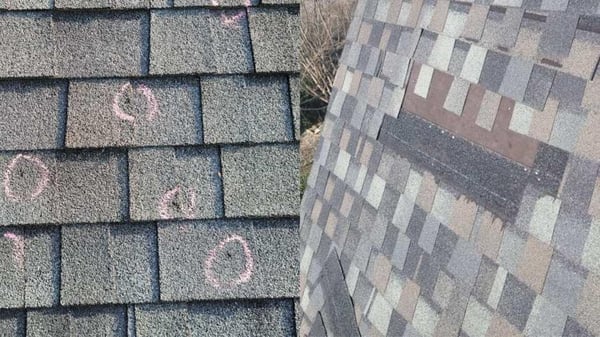
Factors that Affect the Lifespan of 30-Year Shingles
While 30-year shingles are specifically marketed with a long lifespan in mind, there are various factors that can influence how long they actually last. Here are some key factors to consider:
Quality of Materials:
The quality of the materials used in manufacturing the shingles plays a significant role in their lifespan. Higher-quality shingles made with premium asphalt and fiberglass tend to have better resistance against cracking, warping, and degradation caused by UV rays. When choosing 30-year shingles, opt for reputable brands and look for durability certifications.
Installation Techniques:
The way the shingles are installed can have a substantial impact on their longevity. Improper installation, such as inadequate sealing or nailing, can lead to premature damage and reduce their lifespan. It is crucial to hire a professional roofing contractor with experience in installing architectural shingles to ensure proper installation techniques are followed.
Climate and Weather Conditions:
The climate and weather conditions in your area can significantly affect the lifespan of 30-year shingles. Extreme temperatures, high winds, heavy rain, and snow can all take a toll on the shingles over time. Shingles exposed to harsh weather conditions may deteriorate faster, requiring earlier replacement. Regular inspections and prompt repairs after severe weather events are essential for maintaining the integrity of your shingles.
Maintenance and Care:
Proper maintenance and care can greatly extend the lifespan of your 30-year shingles. Regular inspections, gutter cleaning, and removal of debris or moss buildup can prevent water accumulation and potential damage. Additionally, addressing any minor issues promptly can prevent them from escalating into major problems that could shorten the lifespan of your shingles.
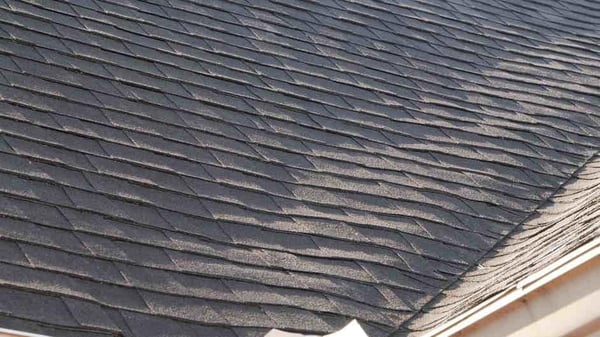
Signs that 30-Year Shingles May Need Replacement
While 30-year shingles are designed to last for several decades, it’s important to know when they might need replacement. Here are some signs that indicate your shingles may be nearing the end of their lifespan:
-
Curling or buckling shingles: If you notice shingles that are curling up at the edges or buckling in the middle, it could be a sign of aging and deterioration.
-
Dark spots or missing granules: Discoloration or dark spots on your shingles, as well as excessive granule loss, indicate that the protective layer of the shingles may be compromised.
-
Cracked or damaged shingles: Cracks, splits, or holes in the shingles can allow water to penetrate, leading to further damage and potential leaks.
-
Interior water stains: If you notice water stains on your ceilings or walls, it could be a sign that your shingles are no longer effectively keeping water out.
If you observe any of these signs, it’s recommended to consult with a professional roofer to assess the condition of your shingles and determine if replacement is necessary.
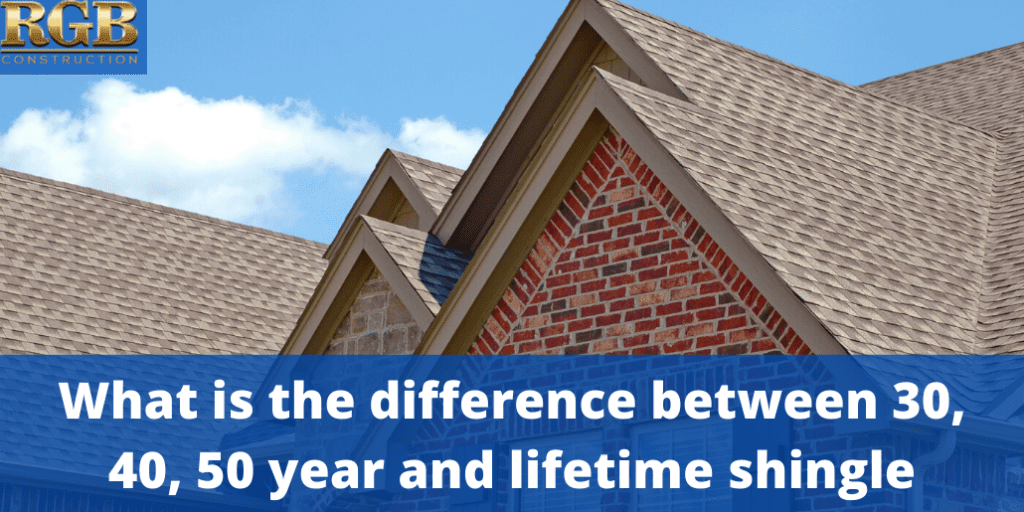
Common Misconceptions about 30-Year Shingles
There are a few common misconceptions surrounding the lifespan of 30-year shingles. Let’s address them to provide a clearer understanding:
The term “30-year” is a guarantee:
Contrary to popular belief, the term “30-year” does not guarantee that your shingles will last exactly 30 years. It is a rough estimate based on average conditions and assumes proper installation and maintenance. Various factors, as mentioned earlier, can affect the actual lifespan of your shingles.
Lifetime warranty means unlimited lifespan:
Some roofing manufacturers offer lifetime warranties on their 30-year shingles. However, it’s important to understand that a lifetime warranty typically refers to the duration of your ownership, not the expected lifespan of the shingles. Be sure to read the warranty terms carefully and understand what is covered.
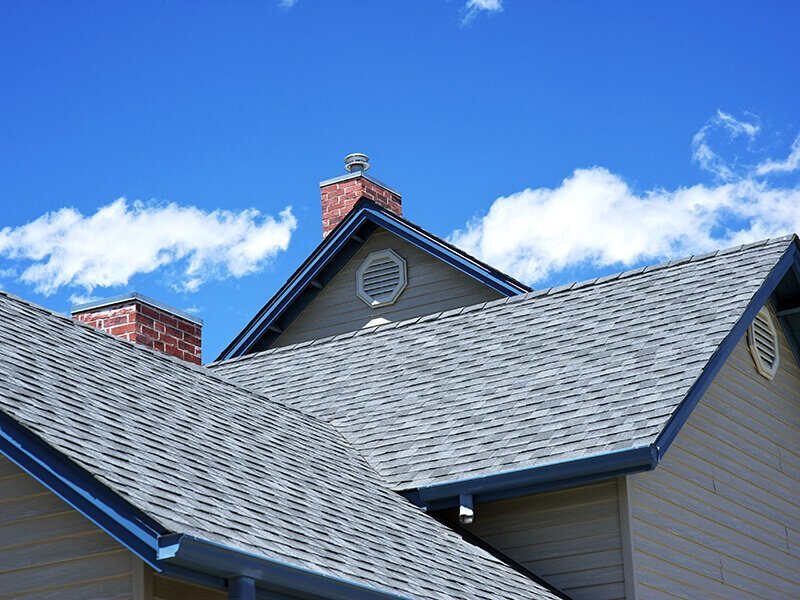
Alternative Roofing Options
While 30-year shingles are a popular choice for many homeowners, there are alternative roofing options available with different lifespans. Here are a few alternatives to consider:
-
Metal Roofing: Metal roofs can last 40 to 70 years or more, depending on the materials used. They offer excellent durability, energy efficiency, and resistance to fire and extreme weather.
-
Clay or Concrete Tiles: Clay or concrete tiles have a lifespan of 50 to 100 years, making them a long-lasting choice. They offer aesthetic appeal, durability, and excellent resistance to fire.
-
Slate Roofing: Slate roofs are known for their exceptional longevity, with a lifespan of 100 years or more. They offer a distinctive appearance, durability, and resistance to fire and impact.
When choosing an alternative roofing option, it’s important to consider the upfront cost, maintenance requirements, and compatibility with your home’s design and structure.
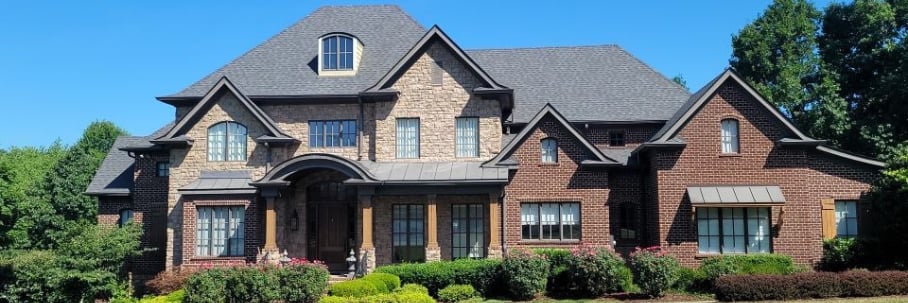
Tips for Maximizing the Lifespan of 30-Year Shingles
While the lifespan of 30-year shingles can be influenced by various factors, there are steps you can take to maximize their longevity. Here are some helpful tips:
-
Regular Inspections: Conduct regular inspections of your roof to identify any signs of damage or wear. Addressing minor issues promptly can prevent them from becoming major problems.
-
Professional Maintenance: Consider hiring a professional roofing contractor for regular maintenance and inspections. They can identify potential issues early on and perform necessary repairs to prolong the lifespan of your shingles.
-
Clean Gutters and Downspouts: Regularly clean your gutters and downspouts to ensure proper drainage and prevent water buildup on the roof, which can lead to damage.
-
Remove Debris and Moss: Clear any debris, leaves, or branches from your roof regularly, as they can trap moisture and cause shingle deterioration. Additionally, remove any moss or algae growth promptly to prevent damage.
By following these tips and implementing a proactive approach to maintenance, you can optimize the lifespan of your 30-year shingles.
In conclusion, while the lifespan of 30-year shingles can vary depending on various factors, they can indeed last for three decades or even longer with proper installation, maintenance, and care. Understanding the factors that affect their longevity, recognizing signs that indicate replacement may be necessary, and considering alternative roofing options can help you make informed decisions for a durable and long-lasting roof. Remember to consult with a professional roofing contractor for expert advice specific to your situation.